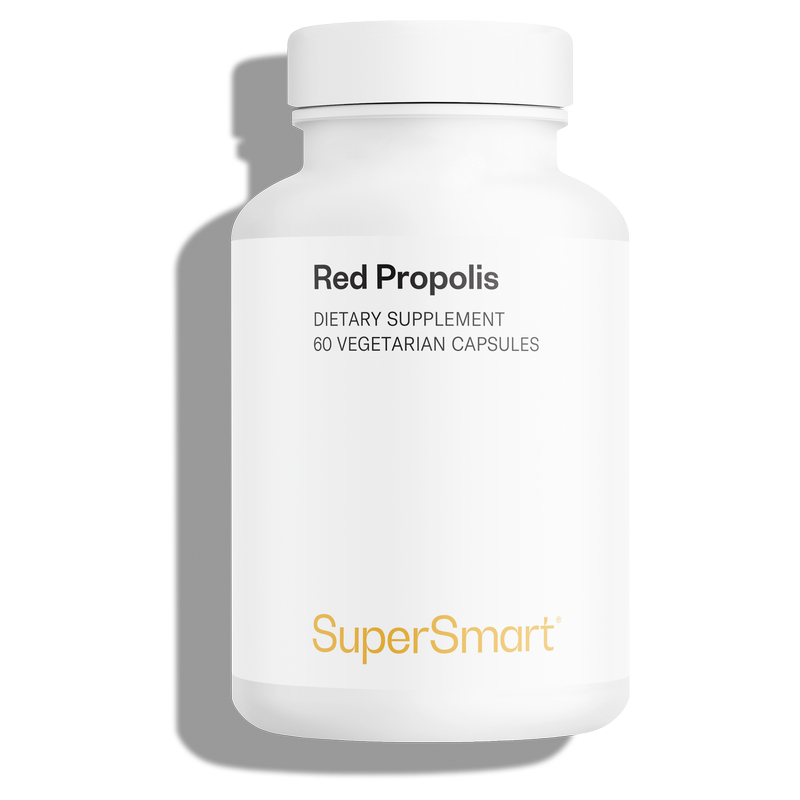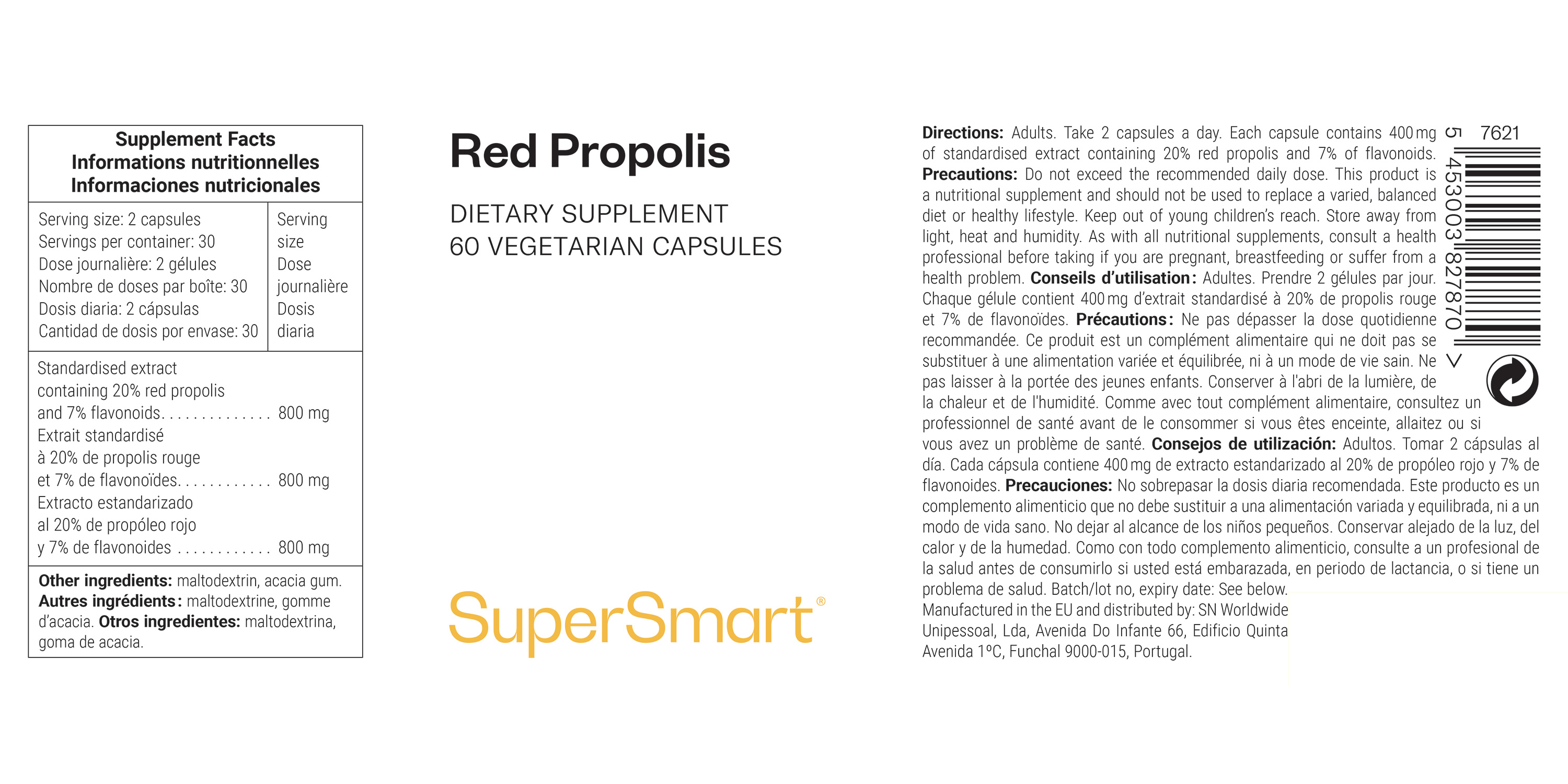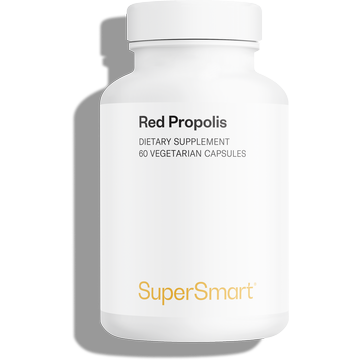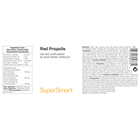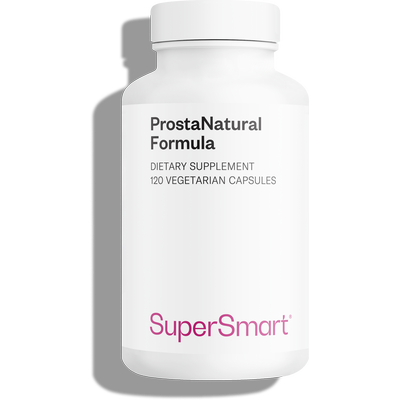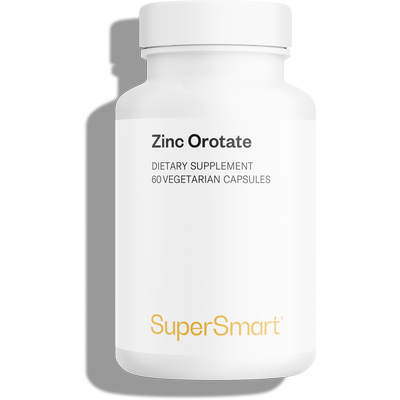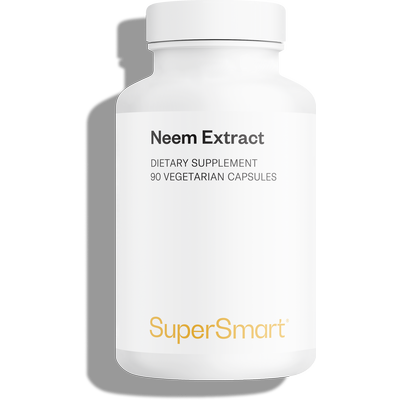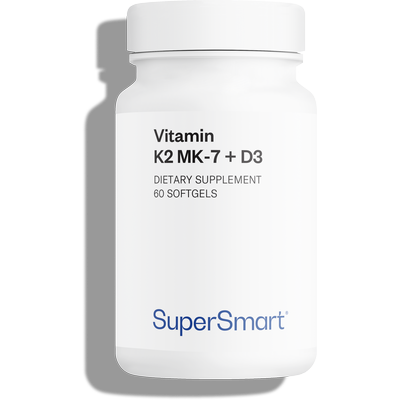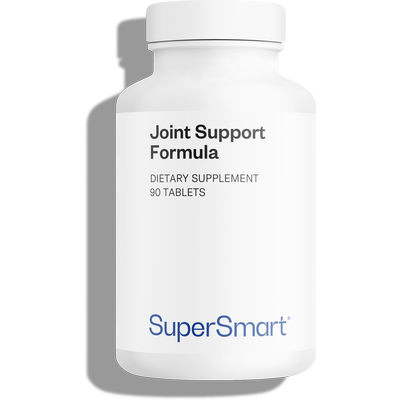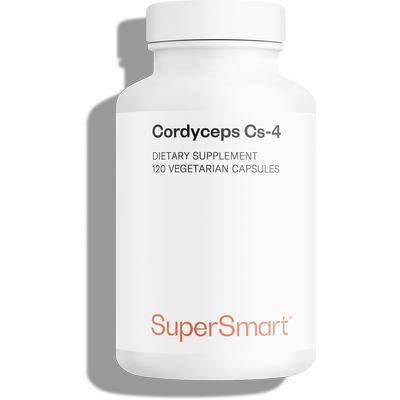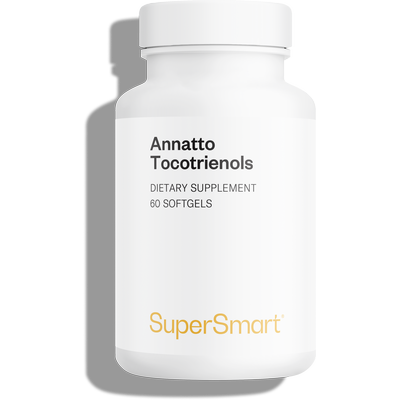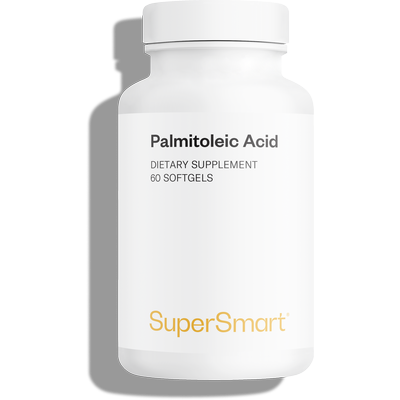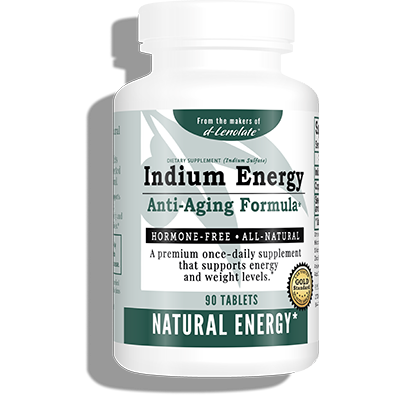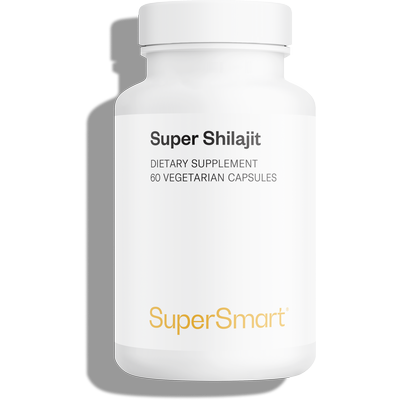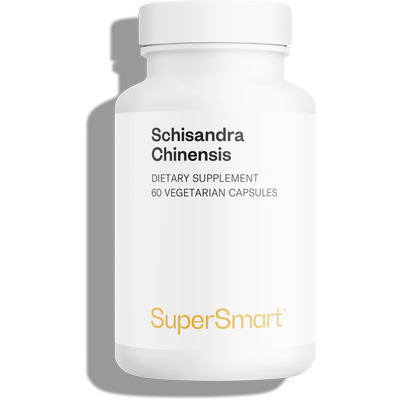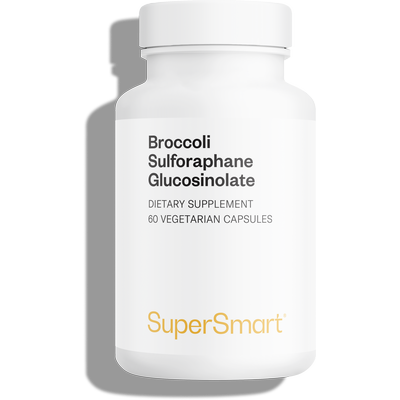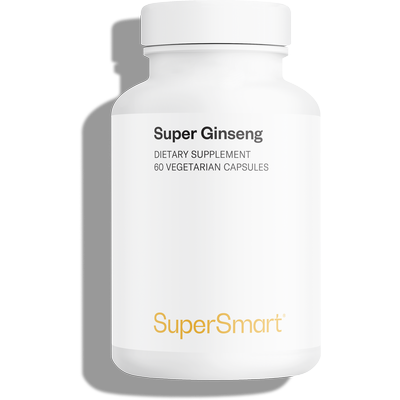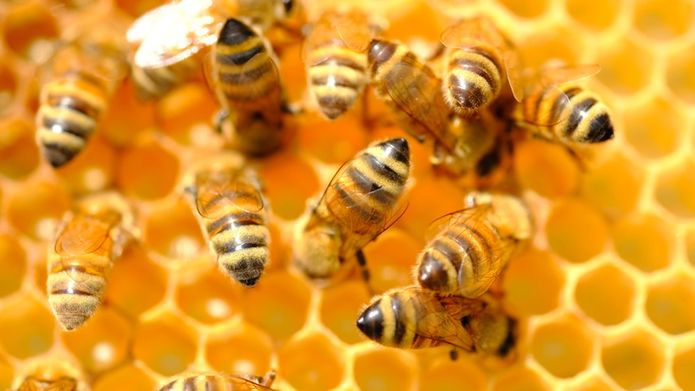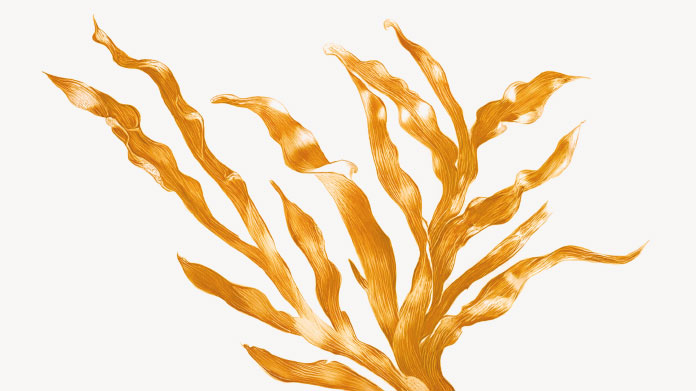In stock
Red Propolis
Complete your selection
This supplement contains red propolis, a rare substance with an exceptionally rich nutritional content that’s harvested from the mangroves of Brazil. It has the highest level of antioxidant phenolic compounds of all the forms of propolis and is the most effective at supporting immune function.
Its extraordinary pharmacological potential (antibacterial, anti-inflammatory, antiviral, antioxidant) exceeds that of green propolis, which is itself a remarkable, highly-valued product (1). It contains more isoflavones which significantly improve menopause-related symptoms.
What benefits are offered by Red Propolis?
As confirmed by scientists some decades ago, the use of propolis dates back several thousand years. More recently, researchers have discovered that it has an astonishing number of additional biological and therapeutic properties useful in everyday life (2-4). We now know that propolis plays a part in:
- Stimulating the immune system to prevent infection (5-6). The immune system can become less responsive when the temperature drops or when it’s subjected to a stream of external aggressors, making the body more vulnerable to viruses, bacteria and pathogenic fungi. Propolis contains micronutrients for preventing such a scenario: it helps ‘mobilise the troops’ (increasing the number of macrophages) and gets them fitter, faster (by stimulating their lytic activity) due to its role in hundreds of enzymatic processes.
- Helping the immune system fight infection and bacterial attack (7). Not content with optimising the efficacy of immune cells, propolis also provides them with a variety of natural antibiotic compounds that combat the growth of pathogenic bacteria, inhibit the synthesis of their DNA and break down their cell walls. Individually, these molecules have a modest effect but when combined, they are formidable and help the body repel aggressors using exogenous compounds. They are, in a manner of speaking, additional ‘weapons and external troops’ that ‘swell the ranks’ of our immune cells. They include, for example, galangin, kaempferol and pinocembrin, all of which have a powerful anti-fungal effect, as well as caffeic acid esters which disrupt the progress of viruses from cell to cell.
- Fighting inflammation (8-9). The flavonoids in red propolis interfere with the production of certain inflammatory mediators (especially prostaglandins and leukotrienes), in a similar way to aspirin (but via a unique mechanism).
These remarkable properties mean that red propolis can fight infection of all kinds (ENT problems, sore throats, rhinopharyngitis, sinusitis), reduce their duration, and increase the effects of conventional treatments against fungal problems and bacteria (10-11).
Other studies have shown that some of its components help stem DNA synthesis in abnormal cells, increase levels of glutathione (an endogenous antioxidant), curb lipid peroxidation, reduce oxidative stress, decrease the toxic effects on the liver caused by alcohol and certain drugs, and lessen menopause-related symptoms.
Why is red propolis so effective?
Several studies have demonstrated that red propolis is the most effective variety in terms of antioxidant potency (12). It contains more than 300 beneficial micronutrients (13):
- Volatile terpenes (limonene, terpenes, oleic acid esters …) which are partly responsible for its analgesic and anti-inflammatory effects.
- Phenols (flavonoids, lignans, tannins, coumarins …) some of which are specific to red propolis (elemicin, isoliquiritigenin, trans-anethole, methyleugenol, dalbergin, vestitol, medicarpin…) (14) and which offer marked antioxidant and cytoprotective effects (15-16).
- Triterpenes (lupeol, amyrin) to which its antimicrobial effects are partly attributed (17).
- Specific isoflavones which reduce symptoms of the menopause.
- And inorganic precious elements such as copper, manganese, iron, calcium and vanadium.
What is in Red Propolis
Any questions?
Our team of nutrition experts and scientists has the answers.
Propolis is a sealant used by bees for strengthening the hive interior, making it more air- and water-tight and better-able to resist microbial and fungal attack. The bees make it from anti-pathogenic resins (18-19) gathered from tree buds and bark, which they mix with wax and saliva. The propolis is then collected by beekeepers by scratching the ‘frames’ of the beehive, after which the wax and impurities are removed. The final product is a complex concentrate of phytonutrients from the tree buds and micronutrients from the bees.
In Europe, bees make propolis from poplar trees or conifers. In Brazil, however, where ecosystems are infinitely richer, there are around 13 types of propolis which vary depending on the plant source used by the bees. They include red propolis, recognised as the variety containing the most antioxidant phytonutrients and demonstrating the highest antioxidant activity(20). It gets its red colour from a unique flavonol pigment called retusapurpurine (21).
It is produced from a climbing tree with vine-like branches: Dalbergia ecastophyllum (22-24) which grows in the mangroves (swampy tropical forests) of northern Brazil. In this extraordinary environment, far from intensive farming, the bees collect a bright red, resinous exudate, which is associated with the presence of a local parasite.
Green propolis is produced by bees in southern Brazil from a completely different species called Baccharis dracunculifolia (25).
It’s a good idea to also take the following steps throughout your supplementation with red propolis capsules, for increased benefits:
- Increase your intake of fruit and vegetables to ‘up’ your exogenous antioxidant levels. These external compounds will give your immune defences a boost and complement their activity.
- Make sure you get enough sleep. There’s no doubt that lack of sleep impairs the quality of your immune response.
- Pay attention to your diet. Poor diet is the main reason for a weak immune system: even mild deficiencies in key micronutrients (selenium, copper, vitamin E, vitamin A …) can play a significant role in the daily battle that takes place between the body and pathogens. Taking a good quality multivitamin supplement during periods of fragile health can help optimise immune processes.
- Avoid synthetic cleaning products, cigarette smoke and pesticides. Exposure to these substances damages the immune system.
For synergistic effects, its possible to combine Red Propolis with other supplements available to buy at Supersmart, such as those of barberry extract, a powerful anti-bacterial which also helps lower blood sugar levels, zinc orotate, which has well-documented preventive effects against the common cold, vitamin C, invaluable in winter for boosting white cell numbers, and a medicinal mushroom complex enriched with ginseng and selenium.
Royal jelly, standardised in 10-HDA, is also a good option for boosting the immune defences, ideally at each change in season.
Note: Red propolis is not recommended for those with allergies to beehive products.
Buy Red Propolis capsules to support the immune system.
Red Propolis is an exceptional, natural and very rare product (annual production in Brazil is estimated to be just 1-2 tons), the manufacture of which relies on high-quality French extraction facilities.
- It’s the most bio-rich, effective and rarest of all the varieties of propolis.
- It comes in capsule form and thus leaves no bitter taste in the mouth.
- The fact that it’s freeze-dried means all the properties of its ingredients are well-preserved with a long ‘shelf-life’. This is not the case with fresh, chewable propolis, the quality of which is often mediocre.
- It contains much higher levels of isoflavones than other types of propolis, which helps improve symptoms of the menopause.
- It’s the best natural product for supporting the immune system throughout the winter period and in stressful situations.
This product’s capsules are made of pullulan, a natural polysaccharide obtained by fermenting tapioca or corn. Pullulan contains no animal ingredients and provides an excellent barrier to oxygen, helping to preserve the integrity of the capsule’s ingredients. It is also an eco-friendly alternative to synthetic materials.
march 3 2021
Utile en ce moment
october 30 2020
Great natural complex
february 19 2025
Bin sehr überzeugt von dem Produkt. Seitdem ich es einnehme (November 2024) keinen Infekt mehr gehabt!! Mehr Leistungsfähigkeit.
I am very convinced of the product. Since I started taking it (November 2024), I haven't had any infections!! More performance.
 see the translation
Translated by SuperSmart - see the original
see the translation
Translated by SuperSmart - see the original
october 21 2024
parfait pour affronter et protéger les petites affections hivernales
perfect for facing and protecting against minor winter ailments
 see the translation
Translated by SuperSmart - see the original
see the translation
Translated by SuperSmart - see the original
august 12 2024
Sicuramente una delle migliori Propoli sul mercato, non facile da trovare e con qualità incredibili.
Certainly one of the best Propolis on the market, not easy to find and with incredible quality.
 see the translation
Translated by SuperSmart - see the original
see the translation
Translated by SuperSmart - see the original
Need help?
You may also like

